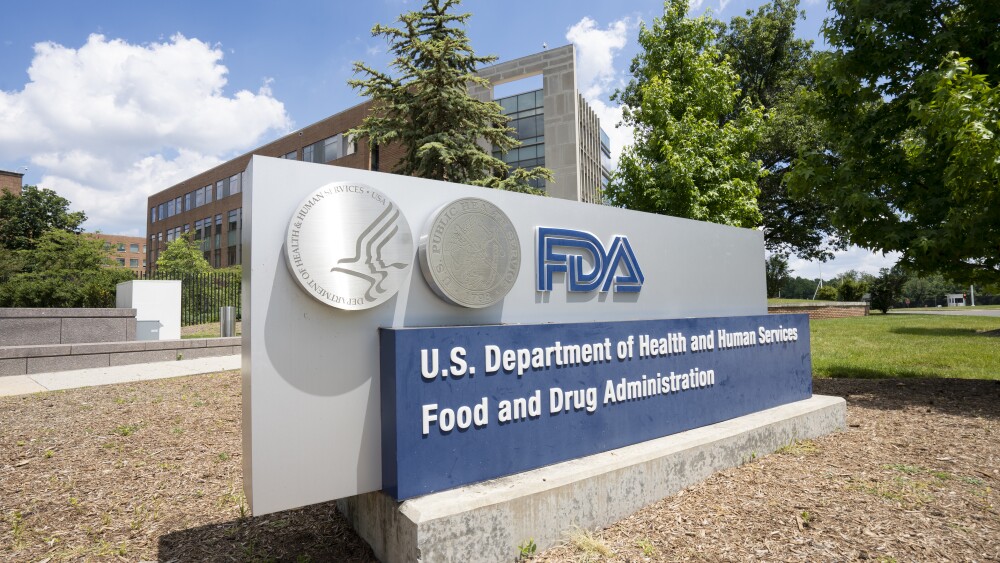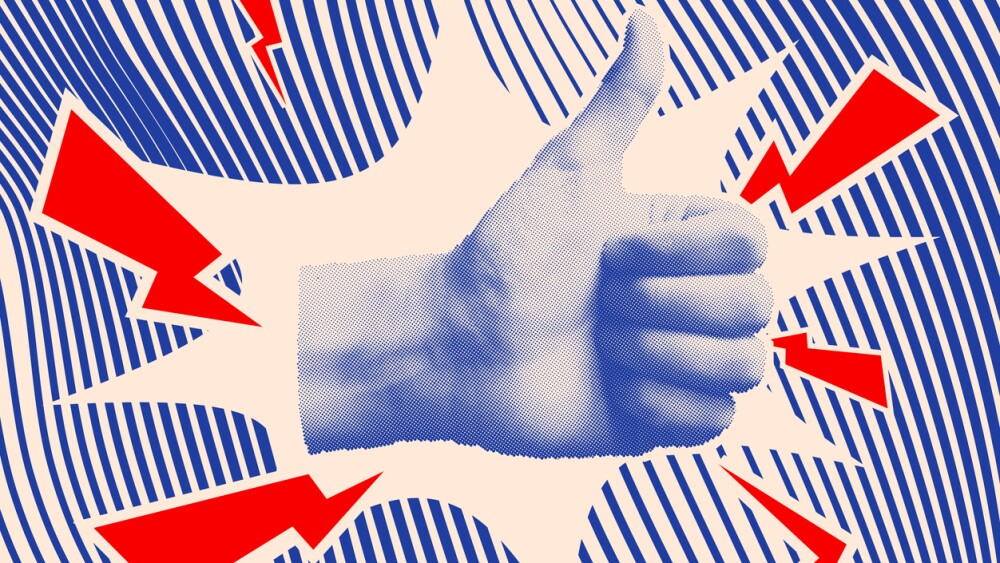July 8, 2016
By Mark Terry, BioSpace.com Breaking News Staff
Analysts and investors often look at trends, and at a deeper level, are looking at patterns that allow them to compare successful companies with other successful companies to guide their investment strategy and better understand what makes a good company tick. The Motley Fool’s Bureau Chief for Tech & Consumer Goods, Dylan Lewis, talked today with Motley Fool analyst John Rotonti about the similarities between Apple and Gilead Sciences . In some ways, as Rontonti says, the question is, if “something (is) cheap, is it undervalued, or is it a value trap?”
The first similarities is that both companies are trading at a low multiple of earnings. Rontonti lists various other similarities:
• Both have strong balance sheets.
• Both have significant amounts of free cash flow.
• Both have high returns on invested capital.
• Both have significant pieces of their respective market shares.
“Apple,” said Rotonti, “has about 14 percent share of the global smartphone market, but it generates more than 90 percent of industry profits. Gilead has about 70 percent market share of the HIV market, and 90 percent share of the hepatitis C market in the U.S. So, really established dominant businesses.”
In addition, he notes that they both have high-quality management teams, and both companies pay almost identical dividends that yield around 2.3 percent. “And both,” he said, “are statistically optically cheap, trading at less than 10 [times] enterprise value to free cash flow.”
There are other similarities Rotonti cites that are less laudatory. Those include:
• Most of Gilead and Apple’s revenues come from one or two products. “For Gilead,” said Rotonti, “I think 90 percent of its sales come from its treatments for hepatitis C and HIV, and for Apple, I think the iPhone accounts for about two-thirds of its sales.”
• Both have lack of revenue diversity.
• Both companies face slowing growth.
• Both, Rotonti notes, are facing “some degree of pricing pressure.”
Gilead’s pricing pressures, to be sure, are a little different than Apple’s. Apple’s products are facing pricing pressure from competitors. Gilead’s, and the entire pharmaceutical industry, are facing pricing pressure partly because it’s a U.S. presidential election cycle where drug pricing has become a hot-button issue, but also because some drug prices are so extreme that payers and the public are starting to push back, and hard.
Gilead’s Epclusa for HCV was approved on June 28. Its broad prescription range for all six distinct genotypes of HCV is likely to place it into direct competition with its own blockbuster drugs for HCV, Harvoni, which accounts for 43 percent of the company’s sales, and Sovaldi, which accounts for about 16 percent of company sales. Harvoni is typically priced at $94,500 per course of treatment in the U.S. Sovaldi is generally priced at about $85,000. Gilead apparently is pricing Epclusa at $74,500 per course of treatment.
Those drugs also have outside competitors, including AbbVie ’s Viekira Pak, generally priced at $85,000, and Merck ‘s Zepatir, generally priced at $54,600. They don’t all treat exactly the same genotypes and subtypes of HCV, although Epclusa apparently can treat all six.
Apple’s pricing power, claims CNBC’s Jim Cramer, is one of the company’s strongest assets. “Sometimes,” Cramer said in March, “it just comes down to figuring out who has pricing power—who can raise prices and who can’t.”
Cramer pointed out that when Apple launched a smaller version of its iPhone with special features that weren’t gee-whiz gizmos, but were nonetheless appealing to consumers, some investors felt the company was falling behind. “I think that those who sold Apple on this announcement didn’t understand the signature positive of this new phone is that even though it is smaller, Apple can still command a high prices for its wares,” he said,
And perhaps in the end, although looking for similarities between successful companies is an interesting exercise, just because they have “tech” in the name of their industry, you need to be careful about comparing Apple(s) to oranges.





